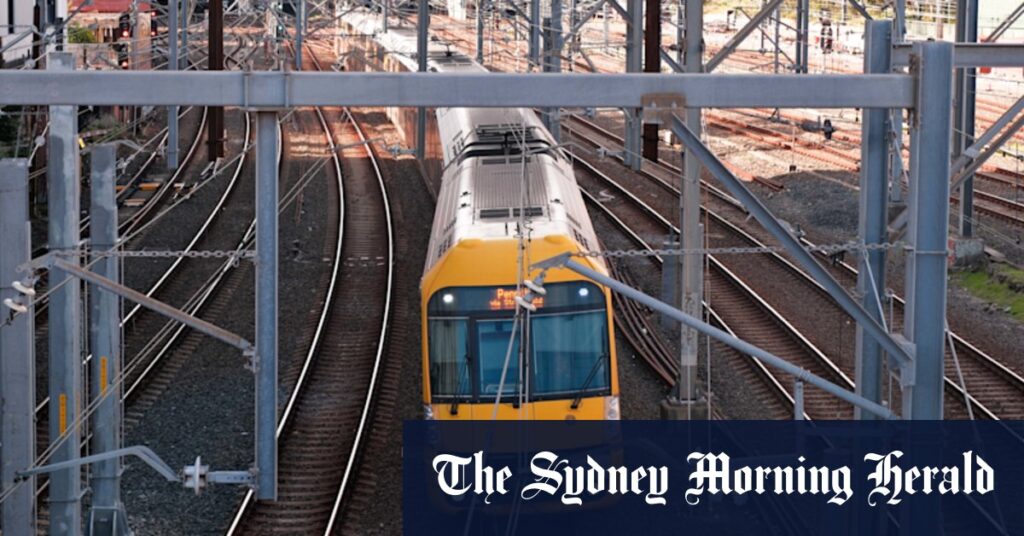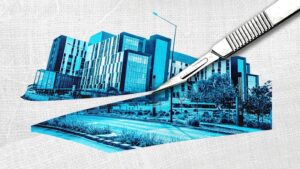
In a significant restructuring move, Transport for New South Wales (NSW) is set to eliminate approximately 950 white-collar positions over the next six months. This decision is part of a broader cost-cutting strategy aimed at reducing the agency’s expenses by $600 million in the current financial year.
The announcement was made by Transport for NSW Secretary Josh Murray in an internal memo circulated on Wednesday morning. The job cuts are a component of the agency’s revised “operating model and financial sustainability” plan. Murray acknowledged the gravity of the decision, stating that it would be “concerning news for many people.” Meanwhile, unions have expressed concerns that the extensive redundancies could have “some frontline impact.”
Scope of the Job Cuts
The 950 roles set to be eliminated encompass a range of positions, including both award roles and senior management. The cuts will primarily affect back-office functions such as administration, technology, and communications. This strategic move is part of a larger effort to streamline operations and ensure the financial viability of the department.
According to sources within the department, the restructuring is necessary to adapt to changing demands and budget constraints. The decision aligns with similar measures taken by other public sector entities facing financial pressures.
Historical Context and Industry Trends
The announcement comes at a time when many government agencies and businesses are reassessing their operational models in response to economic challenges. Historically, public sector job cuts have been a contentious issue, often sparking debates about the balance between cost savings and service delivery.
In recent years, there has been a trend towards digital transformation and increased efficiency in public services. This has led to a reevaluation of traditional roles and the adoption of new technologies to streamline processes. The current restructuring at Transport for NSW can be seen as part of this broader shift towards modernization and efficiency.
Expert Opinions and Union Reactions
Experts in public administration suggest that while such restructuring efforts are often necessary, they must be carefully managed to minimize disruption to services. Dr. Emily Harris, a public policy analyst, noted that “the challenge lies in ensuring that essential services are not compromised while achieving financial sustainability.”
Unions representing the affected employees have voiced their concerns, emphasizing the potential impact on service delivery. A spokesperson for the Public Service Association stated, “We understand the need for financial prudence, but it’s crucial that these cuts do not undermine the quality of services provided to the public.”
Looking Ahead: Implications and Next Steps
The restructuring of Transport for NSW is likely to have significant implications for the department’s operations and its workforce. As the agency navigates this transition, it will be essential to maintain open communication with employees and stakeholders to address concerns and ensure a smooth implementation of the changes.
Moving forward, the department will need to focus on leveraging technology and innovation to enhance efficiency and service delivery. The success of these efforts will depend on effective leadership and a clear strategic vision for the future.
The broader public sector will be watching closely as Transport for NSW implements these changes, as it may set a precedent for similar initiatives across other government agencies.





